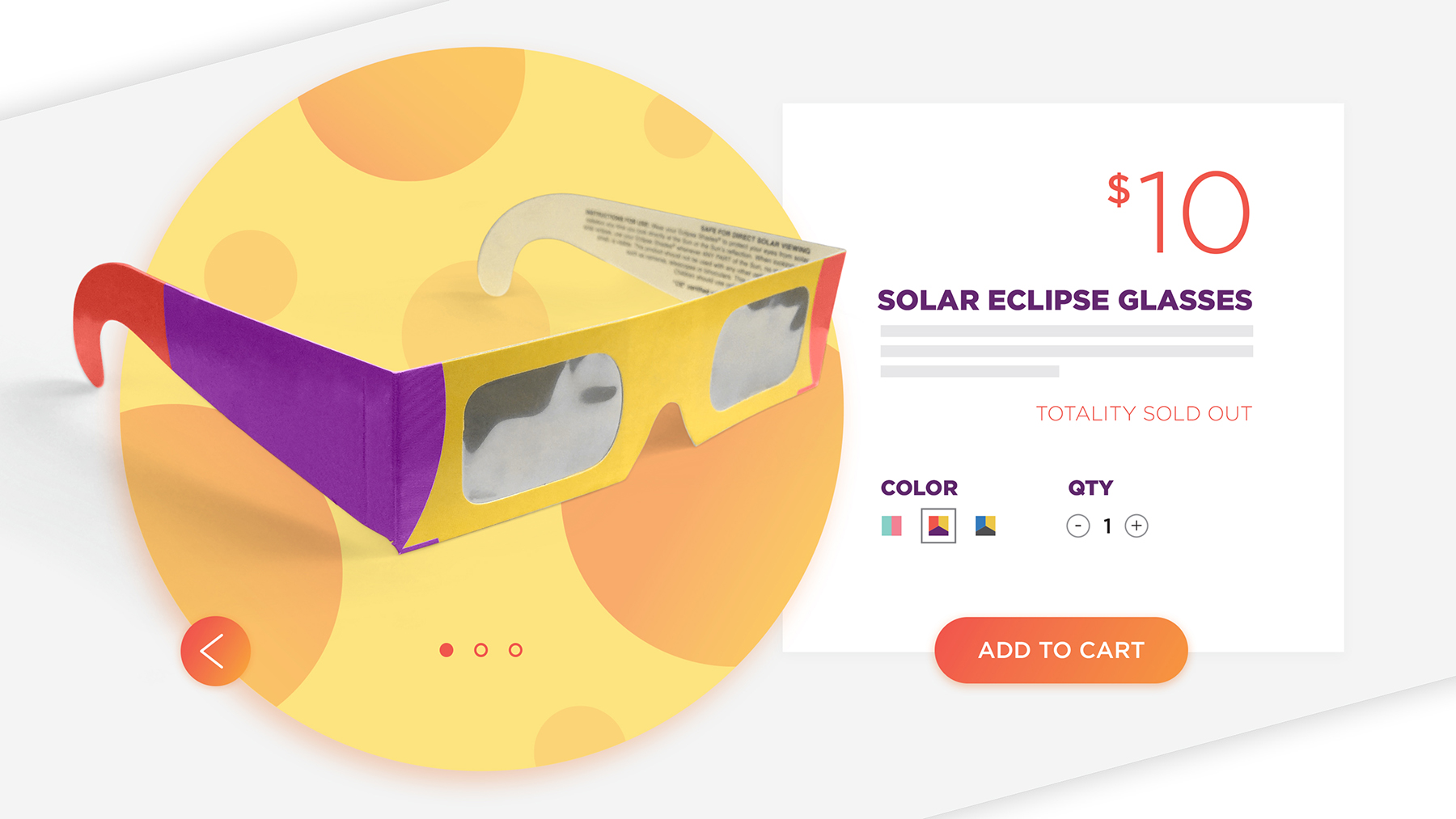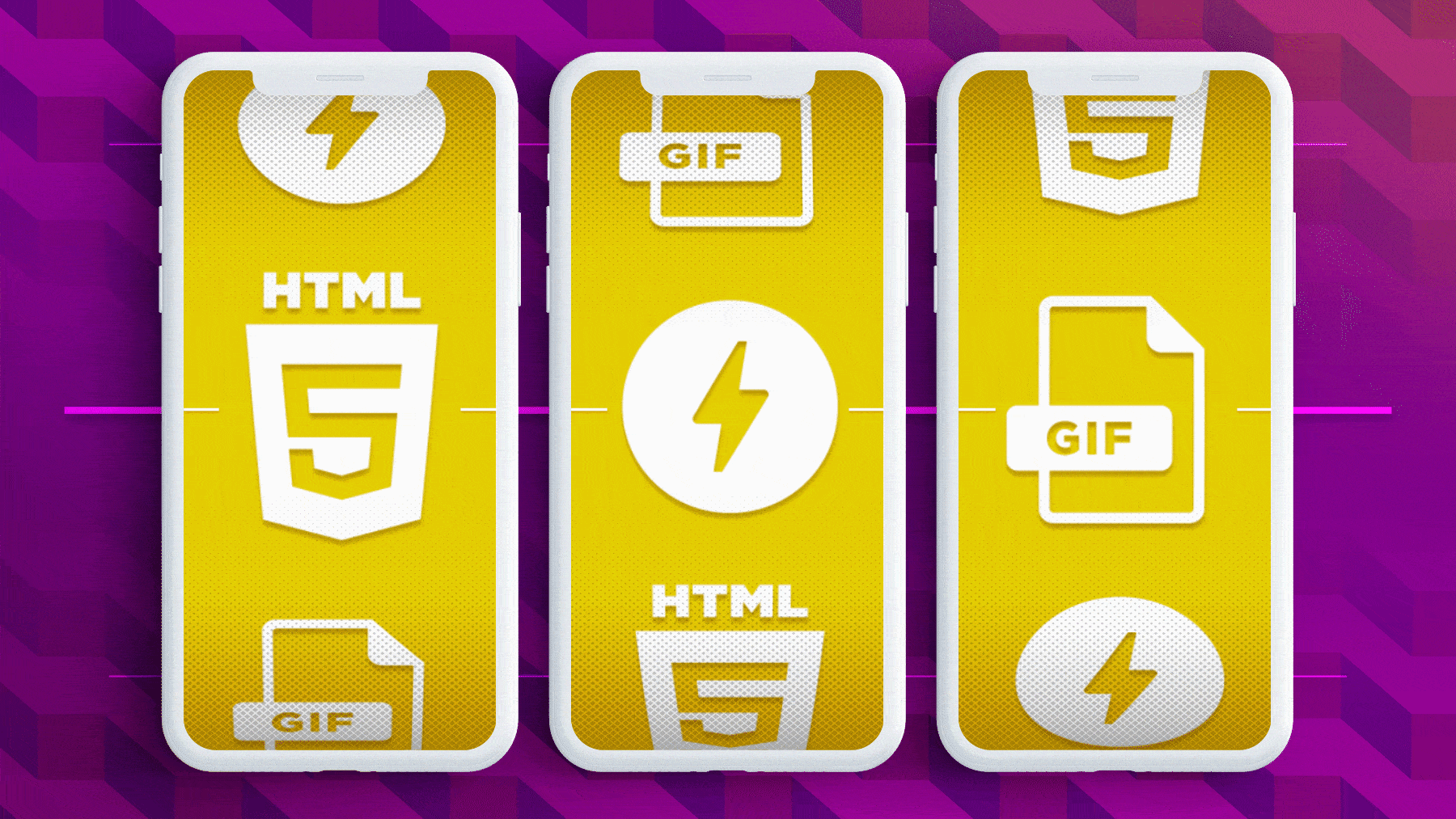
When the total solar eclipse came to town, it found millions of Americans scrambling to find the best seat in the house for a two-minute spectacle. Marketers understand what it’s like to prepare for a momentous event, such as a trade show, a product rollout or a 30-second spot during the Super Bowl. We can’t control when these things will happen anymore than we can halt the immense gravitational forces driving the moon across the sun. But it is our job to help make sure things go off without a hitch.
Last week, my coworkers and I gathered on the rooftop. I noticed them passing around a single pair of eclipse glasses between the 10 of us. I said to myself, “Why did we have such a hard time finding glasses?” It’s not like the world didn’t know about the eclipse. Scientists had predicted it decades ago. But the media and advertisers didn’t start fueling the mania until just before showtime.
As marketers, we are scientists in the field of advertising, using empirical tactics and orchestrating campaigns that will spark excitement and wonder, reflect the hottest trends, build momentum, and elicit a desired response from the audience. Whether people are investing in the Great American Eclipse or a cleaning service, it takes time to discover and properly exploit what they need the most. Lately that need was eclipse glasses.
Let’s talk about those glasses. They enabled you to enjoy the phenomenon without burning out your retinas. The companies that manufactured them grossly miscalculated the public’s demand, even though statistical research would have indicated a massive target audience. It had been almost a century since the last total solar eclipse swept the U.S. from coast to coast. Twelve million people alone lived along this year’s path. And how about all the people who would travel to see it? Newspapers reported record-busting traffic jams in Kentucky, Wyoming and other hotspots.
If you don’t identify the scope of an audience or work out the logistics of meeting its needs, you might find yourself blindsided by unforeseen consequences, like leaving hundreds of customers lined up outside your store empty-handed.
The next total solar eclipse will occur April 8, 2024. It’s seven years away, but I have a feeling this year’s experience will still be fresh in everyone’s mind. Hopefully we’ll plan ahead like marketers and be ready for anything.


